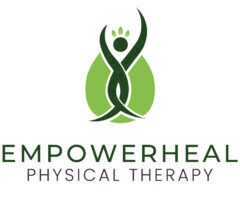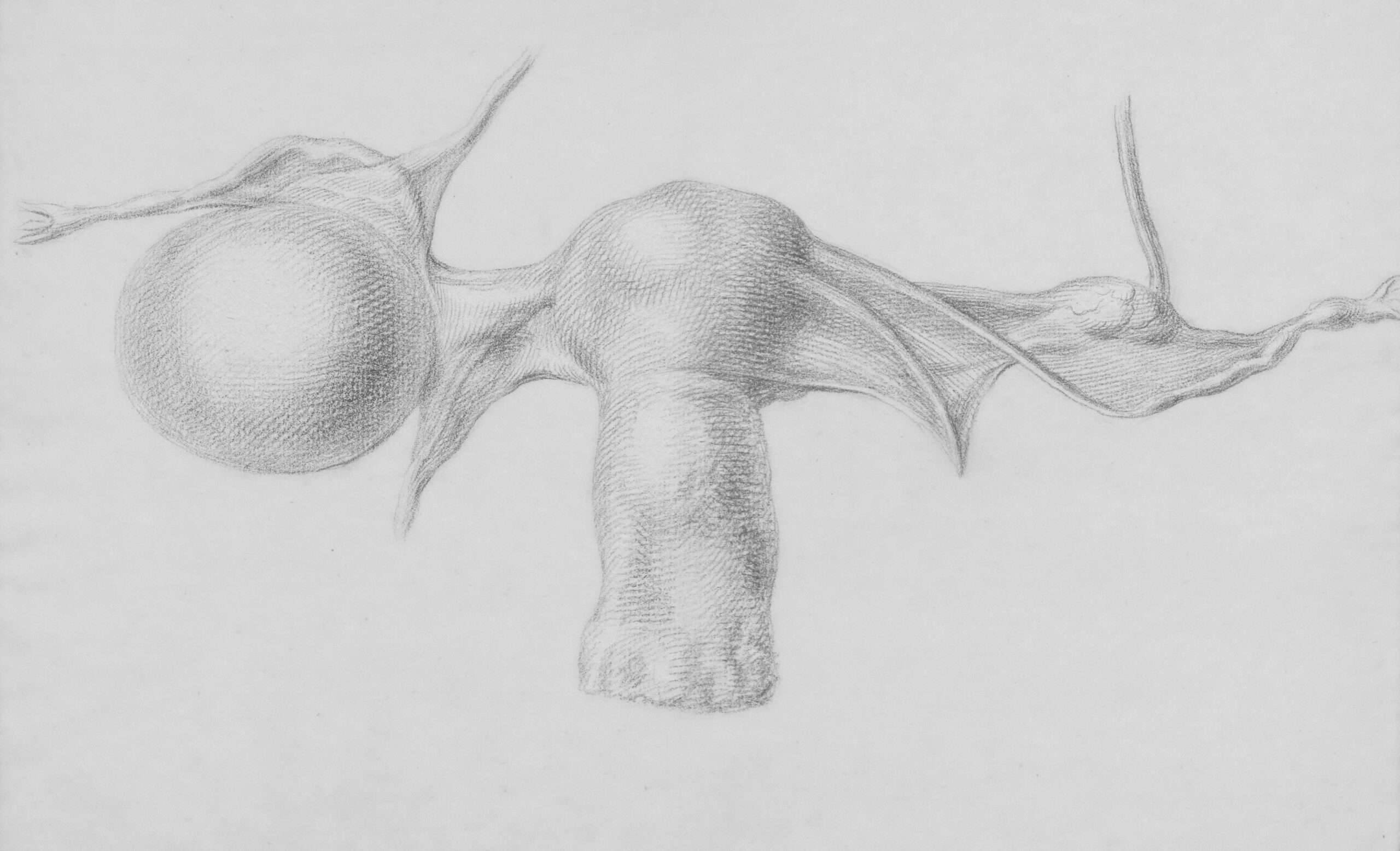What is endometriosis?
Endometriosis is a chronic, often painful condition in which tissue similar to the endometrium—the inner lining of the uterus—grows outside the uterus. Unlike normal endometrial tissue that is shed during menstruation, these endometrial-like growths (called lesions or implants) occur on other pelvic structures and organs. Common sites include:
The ovaries
Fallopian tubes
Outer surface of the uterus
Pelvic peritoneum (lining of the pelvic cavity)
Bowel, bladder, and rectum
In rare cases, endometrial-like tissue can be found outside the pelvic cavity (e.g., diaphragm, lungs)
These lesions respond to the menstrual cycle’s hormonal changes, thickening and breaking down each month—but they have no way to exit the body. As a result, the tissue can cause:
Inflammation
Scar tissue formation (adhesions)
Cyst development (such as ovarian endometriomas or “chocolate cysts”)
Chronic pelvic pain and dysfunction
Symptoms of Endometriosis
Symptoms vary widely between individuals and don’t always correlate with the severity of the disease. Some may have severe symptoms, while others with extensive endometriosis may have little to no discomfort.
Common symptoms include:
Painful periods (dysmenorrhea)
Pelvic pain outside of menstruation
Pain during or after intercourse (dyspareunia)
Pain with bowel movements or urination, especially during menstruation
Infertility or difficulty conceiving
Chronic fatigue
Gastrointestinal symptoms (bloating, diarrhea, constipation)
Treatments Available:
There is currently no cure for endometriosis, but treatment aims to reduce pain, manage symptoms, and address fertility issues. Options may include:
Hormonal therapy (e.g., birth control pills, GnRH agonists)
Pain medications (NSAIDs, nerve modulators)
Laparoscopic surgery to remove lesions and adhesions
Pelvic floor physical therapy
Lifestyle changes and integrative care (e.g., stress management, nutrition)
How Pelvic Floor Physical Therapy Helps with Endometriosis
At our Bethesda-based physical therapy clinic, we provide customized treatment programs designed to reduce pain, restore function, and improve daily life for individuals with endometriosis.
Treatment may include:
Manual therapy: Internal or external techniques to release tight pelvic floor muscles and surrounding connective tissue.
Myofascial release: Addressing restrictions in the fascia to improve mobility and decrease pain.
Breathwork and core coordination: Improving the diaphragm-pelvic floor relationship to reduce tension and enhance movement.
Neuromuscular re-education: Training the pelvic muscles to relax and function properly.
Postural training: Aligning the pelvis and spine to minimize pressure on pain-sensitive areas.
Behavioral and lifestyle education: Guidance on modifying activity, managing flare-ups, and supporting the nervous system.
Our approach is collaborative, trauma-informed, and always respectful of your comfort level. Whether you are newly diagnosed or managing symptoms long-term, physical therapy can provide meaningful relief.
What to Expect at Our Bethesda Clinic
Patients coming to us for endometriosis physical therapy in Bethesda or DC can expect a safe, supportive environment where care is tailored to your individual needs.
At your first session, we will:
Take a detailed health history, including your diagnosis and symptom profile
Perform a postural and movement assessment
Evaluate core and pelvic floor muscle function (only with your consent)
Discuss short- and long-term goals
Develop a personalized care plan, including exercises and self-care tools you can use at home
We treat you as a whole person—not just a diagnosis—and collaborate closely with your existing medical providers if desired.
Our clinic offers:
Specialized pelvic floor therapy for endometriosis-related pain and dysfunction
One-on-one care with experienced, licensed physical therapists
A compassionate, professional setting focused on women’s health and pelvic wellness
Easy access from Washington, DC, Chevy Chase, Silver Spring, and surrounding areas

